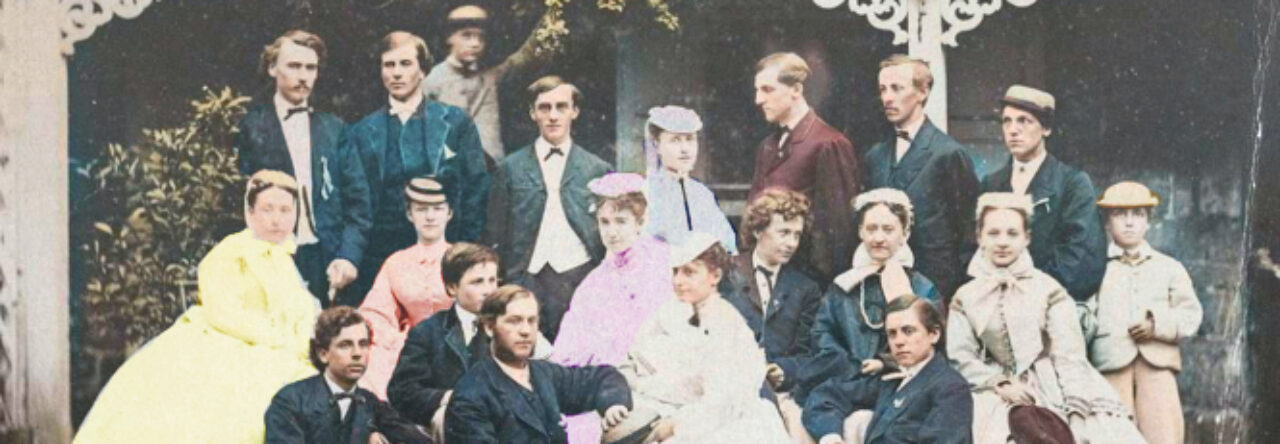Serious writers write multiple drafts, and the more they revise, the more polished the final product.” –Zachary Schrag, The Princeton Guide to Historical Research, Chapter 15
- Word Choices Matter
- Avoid jargon
- Define terms
- Defend terms
- Freedom seeker vs. fugitive slave
- Slave labor camp vs. plantation
- Negro, Colored Person, Afro-American, African American, black, Person of Color, Black
- Evidence Matters
- Quotations
- Images
- Numbers
- Citations Matter
- Why cite? Function over form
- Source // Context // Roadmap // Historiography
- Sentence structure matters
- Active vs. Passive
- US Constitution, Article IV, Section 2, Clause 3 (Fugitive Slave Clause):
No Person held to Service or Labour in one State, under the Laws thereof, escaping into another, shall, in Consequence of any Law or Regulation therein, be discharged from such Service or Labour, but shall be delivered up on Claim of the Party to whom such Service or Labour may be due.
- US Constitution, Article IV, Section 2, Clause 3 (Fugitive Slave Clause):
- People as subjects and topic sentences as narrative
- Avoid first person
- Active vs. Passive
- Titles matter
- Proofreading matters
- Read ALOUD slowly
Draft Essays (due Monday, April 21)
- Here is a model outline for a typical biography paper:
- Introduction (1-2 pages)
- Narrative vignette opening
- Thesis statement
- Biography (“Life”) section (3-4 pages)
- Provide full life narrative
- Use both primary and secondary sources
- Context (“Times”) section (3-4 pages)
- Describe Dickinson College during the subject’s experience
- Or describe Carlisle during the key period of the subject’s life
- Use both primary and secondary sources
- Commemoration section (3-4 pages)
- Describe how the subject is currently being remembered or ignored
- Suggest ways to refine or improve the commemoration efforts
- Sources here are less important though still relevant
- Conclusion (1-2 pages)
- Return to the opening vignette and reframe interpretive thesis
- Introduction (1-2 pages)
